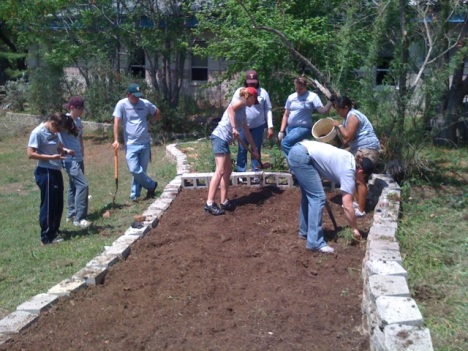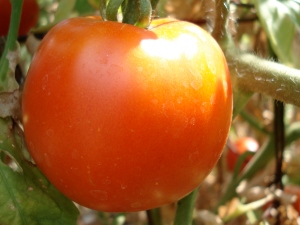
Spinach
Spinach is thought to have come from ancient Persia or Iran. Spinach was brought into China where it was termed as the “Persian Vegetable”. It was said to have come into Nepal around 647 AD.
Next spinach found it’s way into Sicily then Arab and Germany by the 13th century. England and France came into Spinach in the 14th century. In 1533 Catherine de’Medici not only became Queen of France but she insisted on having spinach at every meal. This is why dishes made with spinach are named Florentine. Now that is my kind of Queen!
Why do you think that spinach was such a hit? It is so nutritious! it belongs to the amaranthaceae family. It is chock full of phyto-nutrients that are life savers in many areas. Spinach is very low in calories and fats while providing about 25% of your daily iron.
Fresh leaves also provide you with vitamin A, lutein, zea-xanthin and beta Carotine as well as omega3 fatty acids.
Spinach can also pack a whopping 402% of your daily needs of vitamin K, This helps with bone mass and preventing Alzheimer’s. Like that is not enough Spinach has high levels of B-6, B-1, Folate, Niacin and Vitamin C, potassium, manganese, magnesium, copper and zinc.
This is all very exciting for me as it is getting a lot of iron and strength with out eating meat. I always feel energized when I eat spinach. There is one thing that you are probably not aware of. You need to eat citrus to make the protein complete, when eating raw spinach. So have an orange with your salad today.
Planting
Choose a sunny well drained location for your spinach.
Spinach germinated well in cold soil that is between 38-40 degrees F and up to about 60 degrees. It gets fussy over that. It does not like acid soil either so we are very lucky in that regard. The trick is to plant your spinach early and then replant every 2 weeks. Spinach also likes nitrogen and boron.
There are two different types of spinach the savoy or darker crinkled type, and the smooth leaved type.
It is advisable to soak your seeds for 6 hours or overnight to help them to soak up some water and become more pliable. Then plant the seeds 1/2 inch deep and about 3 inches apart. You want the plants to be about 4 inches from each other in the end. It takes 37 to 50 days for spinach to reach maturity. You can snip off the outer leaves when they reach 3 inches long or you can cut the entire rosette off.
Strawberries grow well with spinach.
Make sure to water in the morning not in the evening as wet leaves spread disease. The diseases that you have to worry the most about is Downy Mildew and fusarium wilt. The insects that attack spinach are Aphids and leaf miners.
Do not store spinach next to apples, melons or tomatoes as they give off ethylene gas in the fridge and will make your spinach spoil.
here are some healthy spinach recipes
and more recipes and still more. Happy Cooking!
Filed under: Community Garden, Edible San Marcos, gardening, Gardening 101, Gardening Tips, Green Living, New Gardener, New Gardeners, Permaculture, Recipes, San Marcos, TX, Starting an Organic Garden, Sustainable Living, Uncategorized, vegan | Leave a comment »









